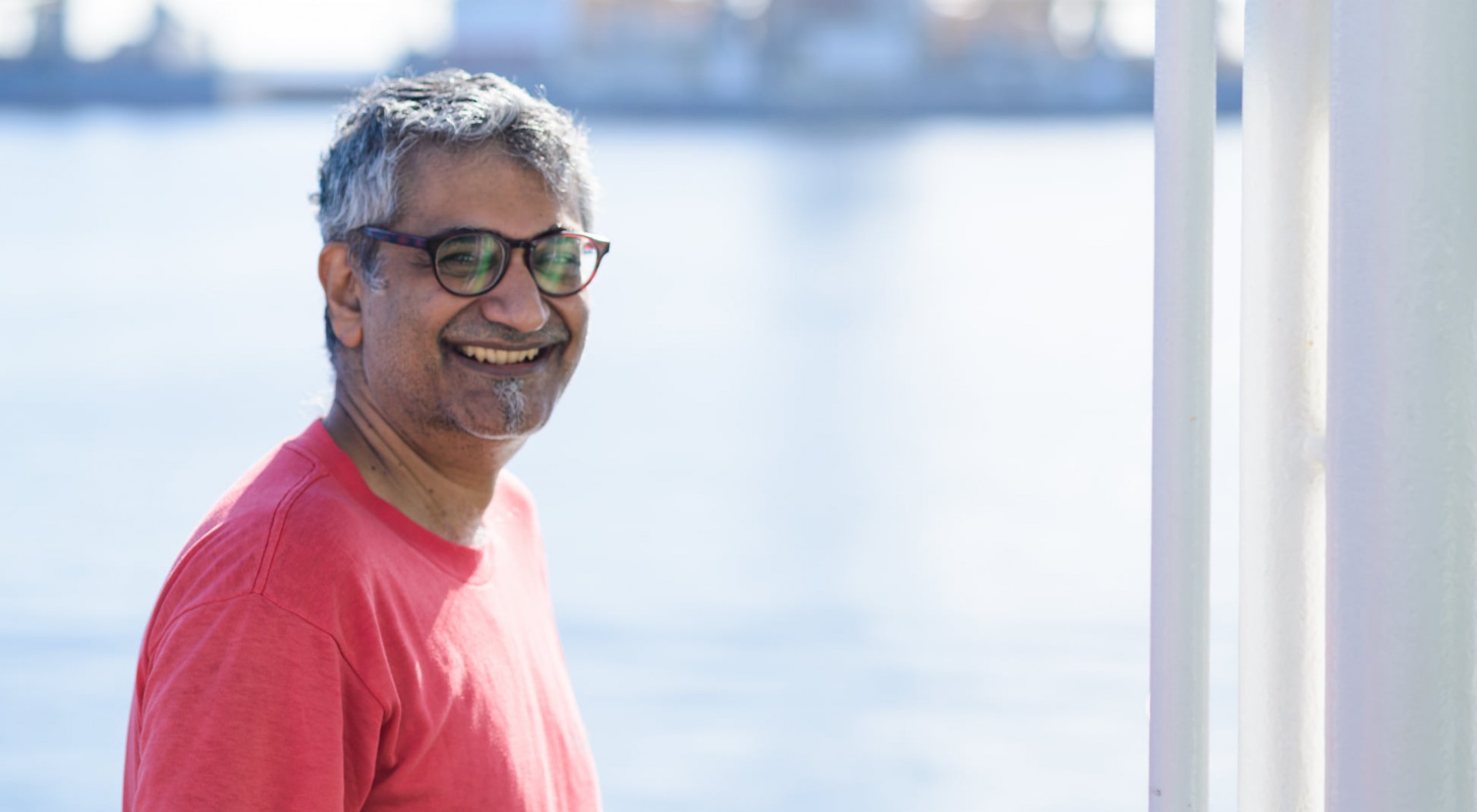In early April, Ajit Subramaniam, Research Professor at Columbia’s Lamont Doherty Earth Observatory (LDEO), will visit Chile to participate at the Latin American Remote Sensing Conference (LARS), the most important gathering of its kind in the region, sponsored by the International Society for Photogrammetry and Remote Sensing and held in the context of the Latin American Remote Sensing Week.
The theme of this year's conference is "Sustainability - A Challenge for Everybody" and its aim is to facilitate exchange of knowledge among scientific experts, sustainable development and resource managers, security and defense specialists, and technological innovators. Subramaniam will deliver a keynote speech entitled “Remote Sensing of Aquatic Environments for Sustainability Challenges and New Technologies", where he will provide an introduction to the use of remote sensing techniques that can be used to study the aquatic environment and discuss case studies that demonstrate how they can be used to analyze water quality and the effects that nutrient loading, suspended sediments and aquaculture can have over it.
“These are exciting times for aquatic remote sensing with an increasing number of satellite sensors from American and European space agencies that provide with increased temporal or spatial or spectral resolution”, says Subramaniam. However, he warns that there are numerous challenges to obtaining the high quality remote sensing information required for sustainable management of aquatic resources. “Thus, new technologies such as small sats and unmanned aerial vehicles could enable Latin America to leapfrog ahead and develop solutions to meet each country’s unique needs”.
Subramaniam is a biological oceanographer who uses remote sensing, bio-optics, Geographical Information Systems, to better understand how the marine ecosystem works and can be managed. Specifically, he works on understanding the diversity and productivity of phytoplankton: why does a particular phytoplankton species bloom where it does, the factors that lead to its demise, the consequences of such blooms, and how these might change in the future as a consequence of anthropogenic activity and climate change. He has worked with remote sensing data for more than 20 years and has developed algorithms for detection of cyanobacterial blooms.

